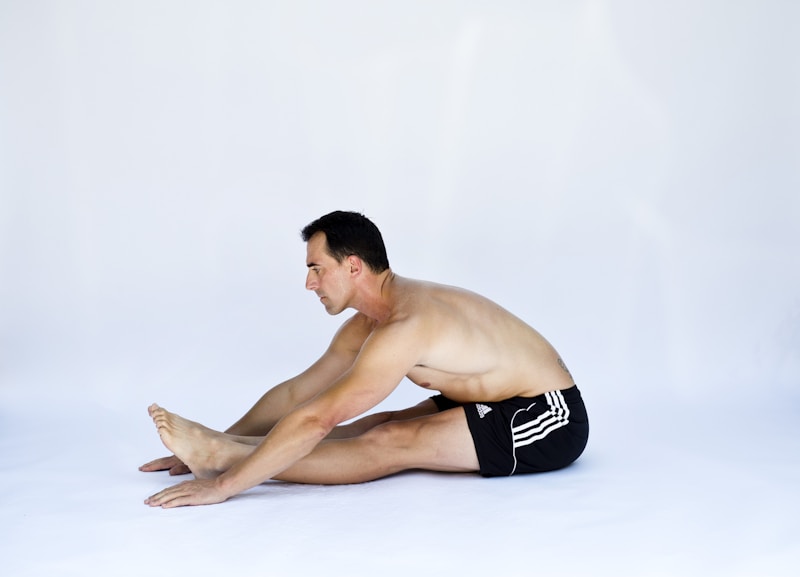Posture and its Effect on Dress Fitting: Unlocking the Secrets to Perfect Attire
Posture and its Effect on Dress Fitting: Unlocking the Secrets to Perfect Attire
When it comes to looking sharp and feeling confident in your attire, one often-overlooked aspect is posture. The way we carry ourselves can have a profound effect on dress fitting, altering the overall appearance and comfort of our clothes. In this article, we will explore the relationship between posture and dress fitting while providing practical tips and insights to enhance your wardrobe choices.
Understanding Posture
Posture refers to the position in which you hold your body while standing, sitting, or lying down. It significantly impacts how clothes fit and fall on your body. Good posture not only enhances your appearance but also contributes to your overall health and well-being. To understand how posture affects dress fitting, we will examine its various forms.
The Types of Posture
| Type of Posture | Description |
| Neutral Posture | Spine is aligned, shoulders back and relaxed, and head level. |
| Poor Posture | Shoulders hunched, head forward, and spine slumped. |
| Dynamic Posture | Active, engaged posture often seen in movement; good for activities. |
Good Posture helps garments drape correctly on the body, whereas Poor Posture can lead to bunching and an unflattering fit. Understanding these different types of posture can help you be more mindful of how you present yourself when trying on clothes.

The Connection Between Posture and Dress Fitting
Dress fitting is about more than just choosing the right size. It also depends heavily on your posture. Here are some ways posture influences how clothes fit:
1. Impact on Measurements
Tailors and designers often take body measurements while you stand in a neutral position. If your posture is poor while being measured, your clothes will inevitably fit incorrectly. For example, if you tend to slouch, your measurements might result in a dress that looks too big or unflattering in areas. Ensuring good posture during measurements is crucial for achieving the desired fit.
2. Visual Aesthetics
Your posture dramatically alters how clothing appears. A confident stance can enhance the overall look of an outfit. Wearing a fitted dress with poor posture may lead to an appearance of tightness in certain areas, making it less appealing. Conversely, upright posture can make even a modest outfit look stunning and well put together.
3. Comfort and Movement
Proper posture ensures that clothes fit comfortably and allow for a full range of movement. For instance, a well-tailored blazer will feel restrictive if you are slouched. Yet, in a neutral position, it will allow you to move naturally. Finding a balance between fit and comfort is essential, especially for everyday wear.
Tips for Improving Posture While Dressing
Improving your posture can lead to better-fitting clothes and more confidence in your appearance. Here are some practical tips:
1. Regular Exercise
Incorporate strength training and flexibility exercises into your routine. This will help strengthen the muscles that support a healthy posture. Practices such as Pilates and yoga are particularly beneficial for posture improvement.
2. Mindfulness and Body Awareness
Practice being aware of your body’s position throughout the day. Set reminders to check your posture while working at your desk or walking. Simple adjustments, like aligning your ears over your shoulders, can make a significant difference.
3. Ergonomic Workspaces
If you work at a desk, ensure that your workspace is ergonomically designed. A chair that supports your lower back and a monitor at eye level can help maintain good posture throughout the day.
4. Wear Supportive Garments
Sometimes, wearing clothes that provide support can help you maintain good posture. Consider investing in tailored pieces or even posture-correcting undergarments designed to promote an upright stance while adding a touch of style to your outfit.
Conclusion
Understanding the connection between posture and dress fitting is crucial for anyone looking to not only look their best but also feel comfortable in their clothing. Good posture enhances your appearance, enabling fabrics to drape elegantly and allowing styles to shine. By focusing on improving your posture, you can ensure that every piece in your wardrobe complements your unique shape and heightens your confidence.
In summary, remember that while the right size is important, the way you carry yourself can make all the difference in how the clothing fits and feels. Take the time to incorporate posture-improving habits, remain mindful of your body position, and watch how your dress fitting experiences transform. With the right knowledge and practice, you can achieve a flawless look that reflects the best version of yourself.
Key Takeaways:
- Maintain a neutral posture during fittings.
- Incorporate exercises for long-term posture improvement.
- Be aware of posture in daily activities.
- Invest in supportive garments when necessary.
